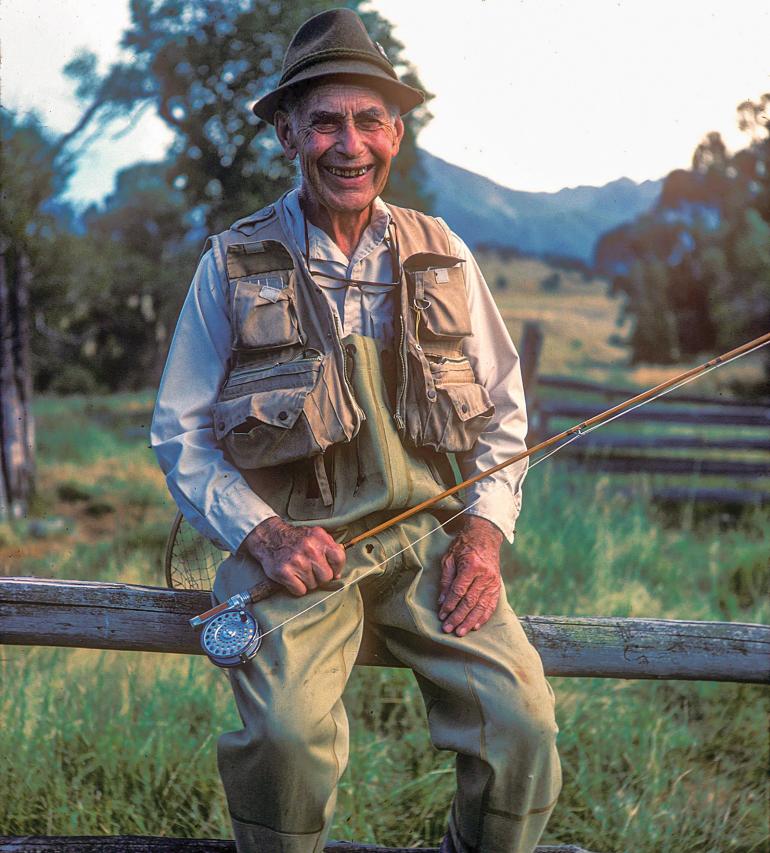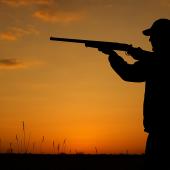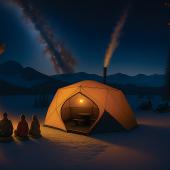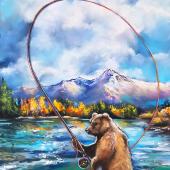Dan Bailey: the Legend Lives On
The life of a Montana fishing pioneer.
Within the walls of downtown Livingston’s main outdoor store lives a reminder of Montana’s early days of fly fishing. The legacy drifts out the doors of Dan Bailey’s Fly Shop with every fly tied, every rod sold, and every trout chased. It all began with the man himself: Dan Bailey.
Bailey was a Kentucky native who grew up catching bass on small streams. He spent his initial educational years in Kentucky, and made his way northeast to New York to further pursue a degree in physics. His love for the art of fishing followed him as he moved around the eastern side of the country. While fishing the waters of the Catskills and Adirondacks, Bailey began a side-gig teaching fly-tying and selling flies.
Protecting public access and preserving nature in its purest form was on the forefront of Bailey’s agenda, and he saw this seemingly never-ending battle through until the end.
Bailey married his wife Helen as he was wrapping up his Ph. D., and they ventured west to honeymoon in Montana and Wyoming in 1936, fishing and camping along the Madison River. One visit was enough to abandon physics for a life in southwest Montana. In 1938, Dan and Helen pointed their car west to Bozeman. But en route from Livingston, Bozeman Pass had other plans for them, and they arrived back in the Yellowstone Valley with a damaged axle. Bailey found a business space on Main Street for $25 a month and opened shop. With close access to the Yellowstone River and the railroad station, where groups of people came to visit Yellowstone, the small fly shop began to flourish.
However, Livingston’s growth lagged behind Bozeman’s, limiting the number of customers to keep the shop prosperous. Bailey experimented with promoting a mail-order catalog, which, unbeknownst to him, would become a worldwide subscription list. By the ’50s, the shop’s flies were buzzing off the walls in-person and through mail orders, leading Dan Bailey’s to become one of the largest fishing businesses in the United States.
Bailey’s legacy continued, not only by his entrepreneurship, but also by his work as a conservationist. Protecting public access and preserving nature in its purest form was on the forefront of Bailey’s agenda, and he saw this seemingly never-ending battle through until the end. He helped develop the Joe Brooks chapter of Trout Unlimited, and was a large supporter of other nonprofits like the Nature Conservancy, both of which continue to make meaningful improvements to our local communities and waters. Bailey was particularly influential when he and other local fishermen joined forces to strike down a proposed dam on the Yellowstone River, bringing the idea of flooding Paradise Valley to a halt.
Bailey wasn’t in it for the money or the notoriety. He wasn’t about status or sport. He was in it for the pure joy of fishing and spending his days in or along the river. Following his passing, former governor of Montana Ted Schwinden declared August 14, 1982 to be Dan Bailey Fishing Day, and for good reason. He noted that Bailey’s accomplishments “Were of such magnitude that the people of Montana can be assured for generations to come that Montana anglers will have a riffle for their flies, a trout for their efforts, and flowing rivers for their souls.”












